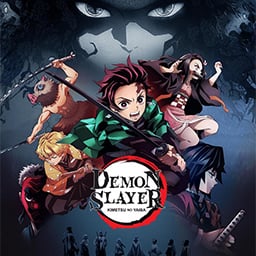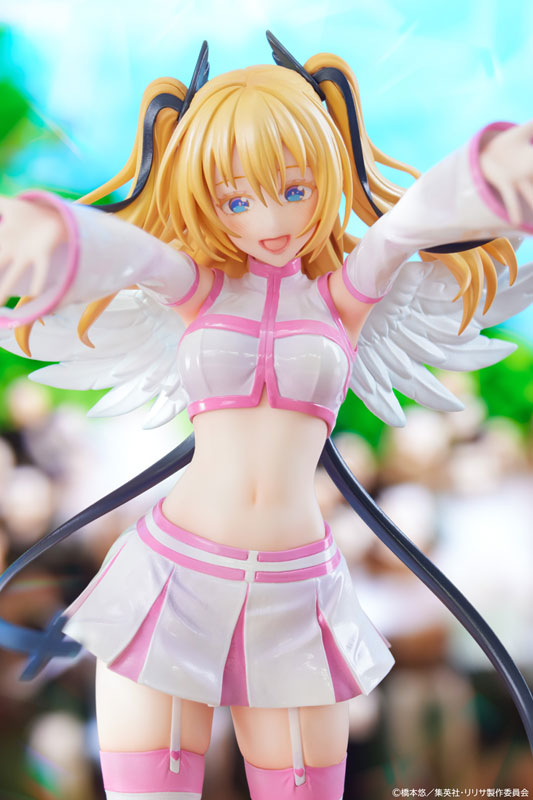THE END (Hatsune Miku opera)
The Vocaloid opera "THE END" is a theatrical opera that premiered on May 23, 2013, in Bunkamura, Shibuya, Japan, with a second performance on November 13 and 15 in Paris, France. The opera has since been shown in theaters around the world, including the United States and Australia.
It was a collaborative effort between musician Keiichiro Shibuya, producer/playwright Toshiki Okada, and filmmaker YKBX.
The opera has been hailed as a new form of opera, as it features neither singers nor an orchestra. It is a contemporary work, full of surreal worlds and visions, offering stimulating concepts and sensory overload. The impact of this hour-and-a-half performance left many audiences stunned.
Summary
The story progresses through arias and recitatives by Hatsune Miku, with computer-generated sound and video.
The opera used 10.2-channel surround sound and seven high-resolution projectors exceeding 10,000 lumens.
The story begins with Miku realizing she can't be human and asking herself, "Am I dead?" Her journey to self-realization is punctuated by impressive visuals and intense music. It follows the traditional tragic structure of an opera, such as what death is and what marks the end, and places Hatsune Miku in the role of a mediator who addresses the themes in a more modern way.
Marc Jacobs, artistic director of Louis Vuitton, provided Hatsune Miku's costumes.
Based on the Spring/Summer 2013 collection, Hatsune Miku's body shape and original work were designed in accordance with her unique atmosphere in the opera, and she wears an impressive Damier costume in a modern style that shows an image of Hatsune Miku that has never been seen before.
A representative of the New York office of architect Rem Koolhaas was responsible for the stage design.
Yuni Yoshida participated in the art direction of the key visuals that convey the story, as established by YKBX.
The event first took place on May 23, 2013 in Shibuya, and then in November in France.
In both locations, limited-edition merchandise was available for purchase, such as T-shirts, CDs, and the opera guide, while a life-size figurine of Hatsune Miku in the costume provided by Marc Jacobs was on display for all attendees.
The end
The End begins with computer-generated strings playing behind computer noises that sound like glitches. Miku appears on stage and faces the audience, as if aware of their presence. The dialogue is a mixture of Japanese and English, with subtitles provided for both on the sides of the screens. With the help of two new characters, one a moody rabbit and the other a disfigured clone of Miku, Miku learns that she is similar to humans and will eventually die. Miku struggles with this sudden realization and delves deeper into the world she lives in, searching for answers. The rabbit acts as a spirit guide and grows before carrying her away from her room. She transforms into a dragon soaring in the sky as a ball of fire forms beneath her. Miku then enters a room filled with blinking and staring eyes. She asks them what her life means. At the end of the piece, Miku transforms into a radiant light and approaches the audience to ask why intense music is playing. The light consumes her and transports us to her room where she floats motionless before disappearing. We don't know if she is dead or asleep.
The opera ends with "The End" against a pitch-black background.
Reactions
The End received mostly positive reviews. Opera fans applauded this new form of storytelling and were captivated by Miku's journey from innocence to the search for the truth about existence, right up to the final moments of the performance. The opera was noted for taking us "out of our comfort zone" with sequences that include a deep dive into Miku's mouth. The Japanese text flashes across the screen with various phrases recited by Miku herself. One of these, "You too will die," surprised many viewers with its directness. Some critics indicated that they were initially dissatisfied with the musical style because it didn't fit with traditional opera, but appreciated that it complemented the visual presentation well.








